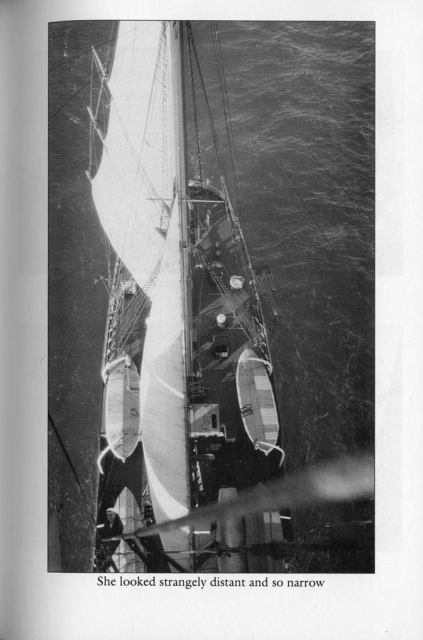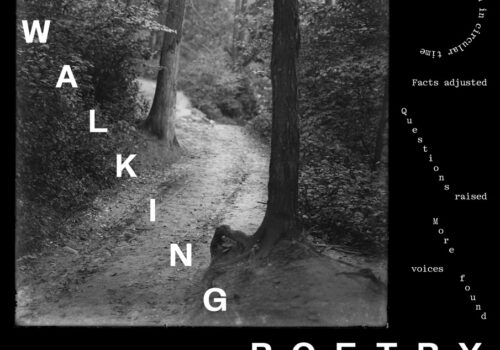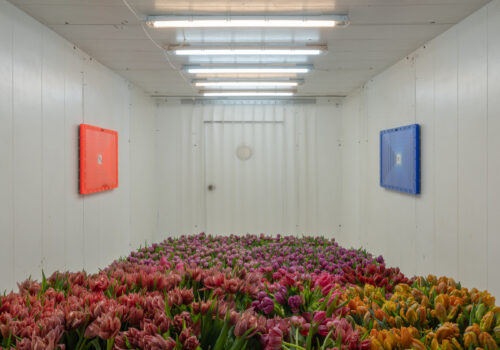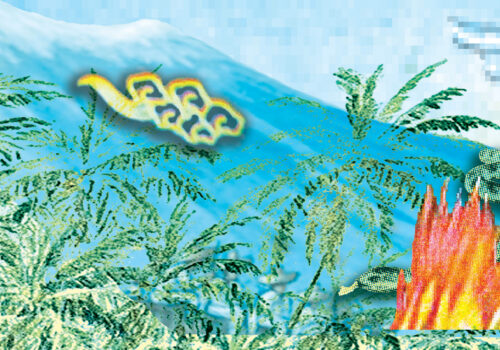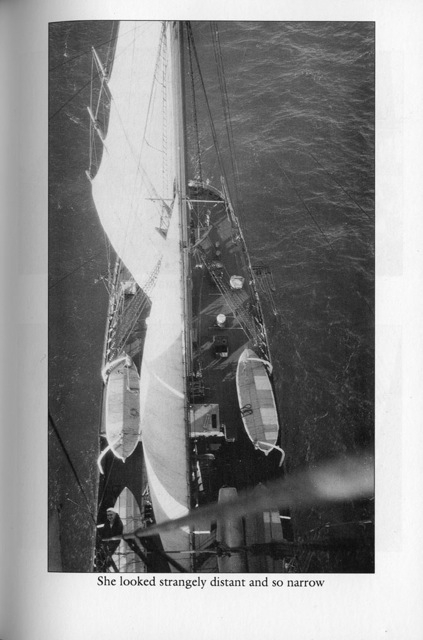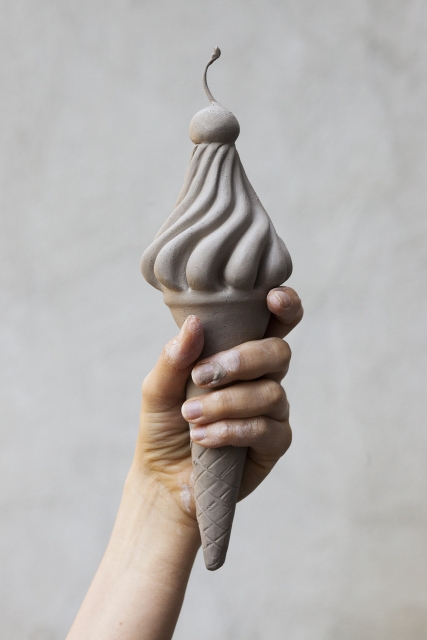Offsite ProjectJuly 15–July 27, 2014
Michelle-Marie Letelier: Caliche Winds
El Museo de Los Sures and the International Studio & Curatorial Program (ISCP) are pleased to announce Caliche Winds, an exhibition of Michelle-Marie Letelier’s selected research, drawings and sculptures based in her ongoing investigations into the geography and history of the Atacama Desert mines. Letelier’s recent work focuses on the maritime route of Chile saltpeter-or sodium nitrate- from Chile to Germany. Formerly used as a fertilizer and gunpowder, saltpeter is a symbol of a profitable industry that was once Chile’s main export, extracted from Atacama. This exhibition aims to pay tribute to a historical moment, drawing out elements that consider the relationship between two natural resources, wind and sodium nitrate.
Below the cobalt blue skies, below the barren and dry surface, the Atacama Desert preserves large deposits of minerals: copper, lithium, and the world’s largest supply of sodium nitrate (NaNO3), also known as Chile saltpeter. Before the beginning of the 20th century, when German chemists discovered the Haber process, a procedure to synthetically produce sodium nitrate, Chile saltpeter was mined in the Atacama region and exported mostly to Europe and the United States, where it was sold as fertilizer and for the production of gunpowder. Saltpeter travelled the ocean route from the ports of Northern Chile, through Cape Horn, traversing the expanse of the Southern and Northern Atlantic Ocean, to Northern Europe.
Chile saltpeter, locally known as Caliche, has a diverse range of meanings. A symbol of land fertility, similarly to the Gigante de Atacama, an anthropomorphic geoglyph which served as inspiration for Letelier’s 2014 work The Prediction of Tarapacá. It could serve as a symbol of war and death, when considering gunpowder production and the War of the Pacific, also known as the Saltpeter War, between Chile, Peru and Bolivia, fought over possessions of saltpeter deposits.
Its geologic origin in the Atacama, the wind-propelled voyage through the Pacific and Atlantic oceans, and the passionate human involvement around this crystalline salt spurred the generation of artworks that relate to spiritual, magical connections between Man and the Earth, the energy of the wind and the sails to harness it, the geologic formation of saltpeter and the scars left by mines on the desert landscape, the War of the Pacific, the discovery of the Haber process and the ghost mining towns in Atacama today.
Michelle-Marie Letelier (born 1977, Rancagua, Chile) obtained her BFA at the Universidad Católica de Chile. Her recent solo exhibitions include Doomed Scape, Perlini Arte Gallery, Padua and Die Feinfühlige Zone, Die Ecke Gallery, Santiago. Her group exhibitions include Magic Block, Stiftelsen 3.14, Bergen; To Seize Matter and Leave a Landscape, Berlin; and X Video and Media Arts Biennial, Museum of Contemporary Art, Santiago. Her videos have been screened and exhibited in festivals across the world. In 2005, Letelier participated in the Mercosur Biennial and in 2012 she was awarded the first edition of ORA International Art Prize. Letelier lives and works in Berlin.
El Museo de Los Sures was born by a partnership between Los Sures with Cornell University and Churches United for Fair Housing to preserve the history of the neighborhood’s residents. The International Studio & Curatorial Program (ISCP) is a nonprofit, residency-based contemporary art institution for emerging to mid-career artists and curators from around the world. This exhibition is the second collaboration between the two organizations.
The exhibition is realized with assistance from Michele Galletti, Julian Ehrlich and Monica Tyran.
Support has been provided by the Governing Mayor of Berlin; Institut für Auslandbeziehungen (IFA), Stuttgart; New York City Council Office District 34; the Milton and Sally Avery Arts Foundation and the National Endowment for the Arts.
